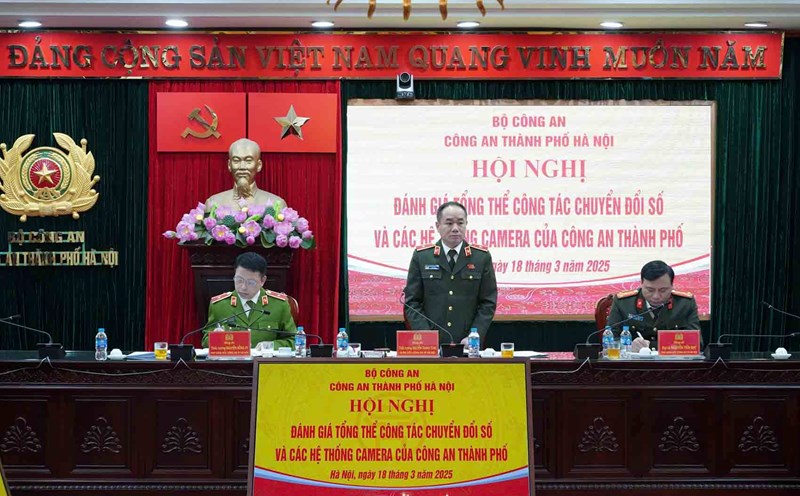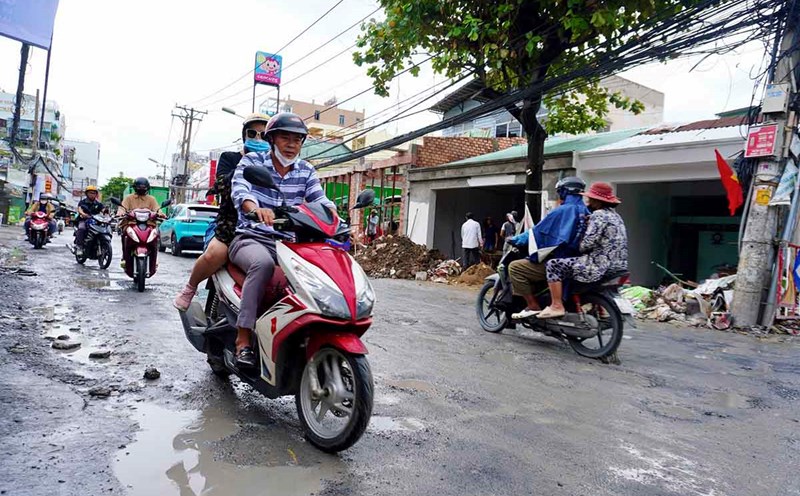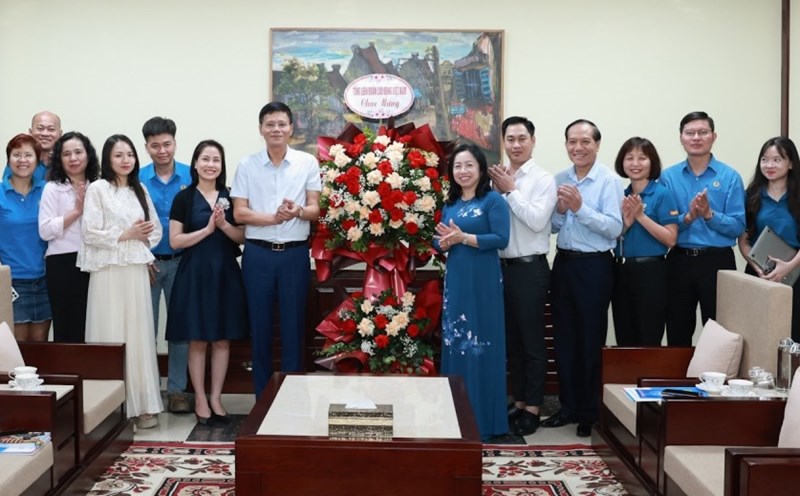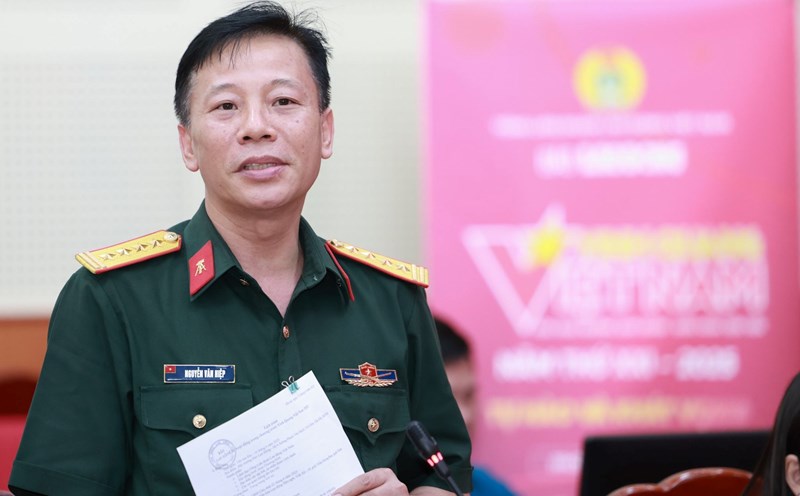For example, Linh Lang market area in Cong Vi ward, Ba Dinh district, Hanoi once had a period of high garbage content, causing pollution. Although people say they are in the right place at the right time, they do not change much. However, since the authorities put up a sign "no dumping of garbage and used items, areas with surveillance cameras", everything has changed completely. Not only that, garbage trucks coming on time also contribute to the significant reduction of pollution here. People in the area believe that the "magic eye" and strict handling of littering have changed the awareness of a part of the people.
In Hanoi, there are currently 4 districts: Ba Dinh, Hoan Kiem, Dong Da, Hai Ba Trung that have installed cameras to detect and handle people's littering. The amount of money to " fine" this behavior has reached hundreds of millions of VND.
Along with traffic surveillance cameras, urban order and environmental sanitation, the camera system in Hanoi is promoting good efficiency.
In the near future, Hanoi City Police will expand the surveillance network by deploying 3,700 more cameras applying artificial intelligence (AI), to improve the effectiveness of ensuring security, order, traffic management and environmental protection.
Hanoi City Police are managing 3 command centers and more than 720 surveillance cameras to serve security work. However, in the face of rapid urbanization, expanding the monitoring system is necessary to ensure social order and safety and support traffic management.
The new system will be capable of recognizing faces and license plates, helping to verify identities in security-related incidents. At the same time, the system also monitors and detects traffic violations, issuing real-time warnings of unsafe risks. This camera system will be integrated with smart control data, allowing for quick response in emergency situations.
In recent times, Hanoi City Police have promoted the development of digital infrastructure, enhanced network security, and information security in the digital transformation process. The work of digitizing records and documents is also focused on to build a synchronous database, supporting operations and management.
Solving administrative procedures and monitoring work in the electronic environment has helped improve work performance, while reducing processing time for people. The extensive internal network system is also connected to the police of communes, creating favorable conditions for local management.
In the coming time, Hanoi will continue to deploy breakthrough digital transformation applications, effectively exploiting modern technology to improve the quality of urban management. The goal is to improve the productivity of officers and soldiers, while creating more convenience for people when performing administrative procedures.











